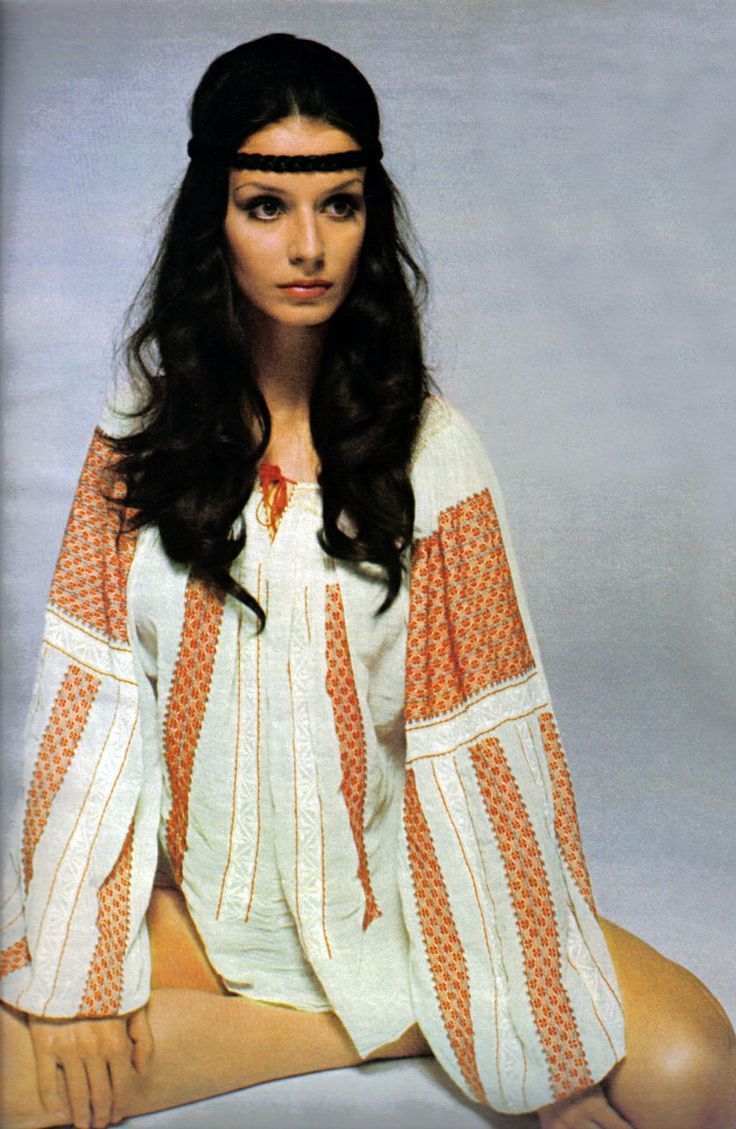In the world of fashion, the 1960s and 1970s were decades that brought about significant changes in style and trends. From the mod looks of the 60s to the bohemian vibes of the 70s, each era had its own unique aesthetic that continues to influence fashion today. In this article, we will explore the key fashion trends of the 60s and 70s and how to distinguish between the two decades.
The 1960s Fashion Trends
The 1960s were a time of rebellion and revolution, and this was reflected in the fashion of the era. One of the most iconic looks of the 60s was the mod style, characterized by bold colors, geometric patterns, and sleek silhouettes. Mini skirts, shift dresses, and go-go boots were popular items during this time, as were bold accessories like statement earrings and chunky jewelry.
The 1970s Fashion Trends
In contrast to the mod look of the 60s, the 1970s were all about a more relaxed and bohemian style. This era saw the rise of hippie fashion, with flowy maxi dresses, fringe details, and bell-bottom pants becoming wardrobe staples. Earthy tones, floral prints, and crochet pieces were also popular during the 70s, as were platform shoes and floppy hats.
Distinguishing Between the Two Decades
While there are some similarities between 60s and 70s fashion, there are also key differences that can help you distinguish between the two eras. One of the main ways to tell the difference is by looking at the silhouette of the clothing. In the 60s, clothing was more structured and tailored, with a focus on mini lengths and A-line shapes. In contrast, 70s fashion was all about flowy and loose-fitting pieces, with an emphasis on comfort and ease of movement.
Key Differences in Fabrics and Prints
Another way to differentiate between 60s and 70s fashion is by looking at the fabrics and prints used during each era. In the 60s, bold and bright colors were popular, as were geometric patterns and psychedelic prints. Fabrics like polyester and PVC were also commonly used in 60s fashion. On the other hand, 70s fashion favored more natural tones and earthy colors, with floral prints and paisley patterns being popular choices. Fabrics like cotton, denim, and suede were also prominent in 70s clothing.
Hairstyles and Accessories
Hairstyles and accessories can also be helpful in identifying whether a look is from the 60s or 70s. In the 60s, hairstyles were often sleek and styled, with bobs, bouffants, and beehives being popular choices. Headbands and statement hats were also common accessories in 60s fashion. In the 70s, hairstyles were more natural and free-flowing, with long, loose waves and shaggy layers being trendy. Headscarves, floppy hats, and oversized sunglasses were popular accessories during this time.
Conclusion
In conclusion, the 1960s and 1970s were both influential decades in the world of fashion, each with its own distinct style and trends. While the mod look of the 60s was characterized by bold colors and structured silhouettes, the bohemian vibe of the 70s was all about flowy fabrics and relaxed fits. By paying attention to details like silhouette, fabrics, prints, hairstyles, and accessories, you can easily distinguish between 60s and 70s fashion trends. Whether you prefer the mod style of the 60s or the bohemian flair of the 70s, there is no denying the lasting impact that these decades have had on the world of fashion.
You can review our digital products by following us on Etsy.





